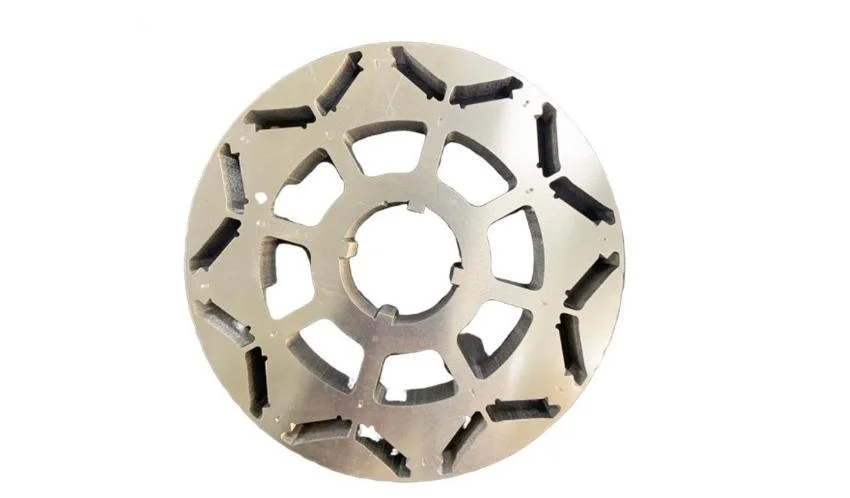Electric vehicles (EVs) have gained significant popularity in recent years due to their environmental benefits and potential to reduce dependence on fossil fuels. However, one of the key challenges in the widespread adoption of EVs is improving their efficiency and performance. Rotor cores play a crucial role in enhancing the efficiency and performance of electric vehicles by optimizing the magnetic field and reducing energy losses. This article explores the importance of rotor cores in EVs and how they contribute to improving overall efficiency and performance.
Understanding Rotor Cores
Definition and Function:
Rotor cores are a vital component of the electric motor in an EV. They are typically made of laminated iron or steel sheets and are responsible for generating the magnetic field necessary for the motor's operation. The rotor cores consist of a series of stacked laminations that are electrically insulated from each other to minimize eddy current losses.
Types of Rotor Cores:
There are various types of rotor cores used in electric vehicles, including squirrel cage rotors and wound rotors. Squirrel cage rotors are the most common type and are known for their simplicity and reliability. Wound rotors, on the other hand, offer greater control over the motor's performance but are more complex and expensive.

Enhancing Efficiency
Reducing Energy Losses:
Rotor cores play a crucial role in minimizing energy losses in electric motors. By using laminated iron or steel sheets, the rotor cores reduce eddy current losses, which occur when the magnetic field induces circulating currents in the rotor. These circulating currents generate heat and waste energy, reducing the overall efficiency of the motor. The laminations in the rotor cores help to isolate the eddy currents, thus minimizing energy losses.
Optimizing Magnetic Field:
The design and construction of rotor cores also contribute to optimizing the magnetic field in the motor. The shape, size, and arrangement of the laminations affect the magnetic flux distribution, resulting in a more efficient motor. By carefully designing the rotor cores, manufacturers can ensure that the magnetic field is evenly distributed, reducing losses and improving overall efficiency.

Improving Performance
Enhancing Torque and Power:
Efficient rotor cores contribute to improved torque and power output in electric vehicles. By reducing energy losses, the motor can convert a higher percentage of electrical energy into mechanical energy, resulting in increased torque and power. This allows EVs to accelerate faster and perform better in various driving conditions.
Increasing Reliability and Durability:
Rotor cores also play a role in enhancing the reliability and durability of electric motors. By minimizing energy losses and optimizing the magnetic field, the motor operates more efficiently, reducing wear and tear on the components. This leads to increased reliability and longer lifespan of the motor, resulting in improved performance and reduced maintenance costs.

Conclusion
In conclusion, rotor cores are a critical component in enhancing the efficiency and performance of electric vehicles. By reducing energy losses and optimizing the magnetic field, rotor cores contribute to improved overall efficiency, torque, power, reliability, and durability of electric motors. As the demand for electric vehicles continues to grow, further advancements in rotor core technology will play a vital role in driving the widespread adoption of EVs and achieving a sustainable future.






